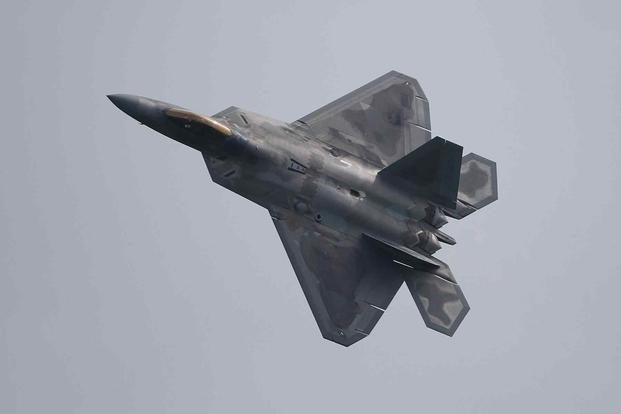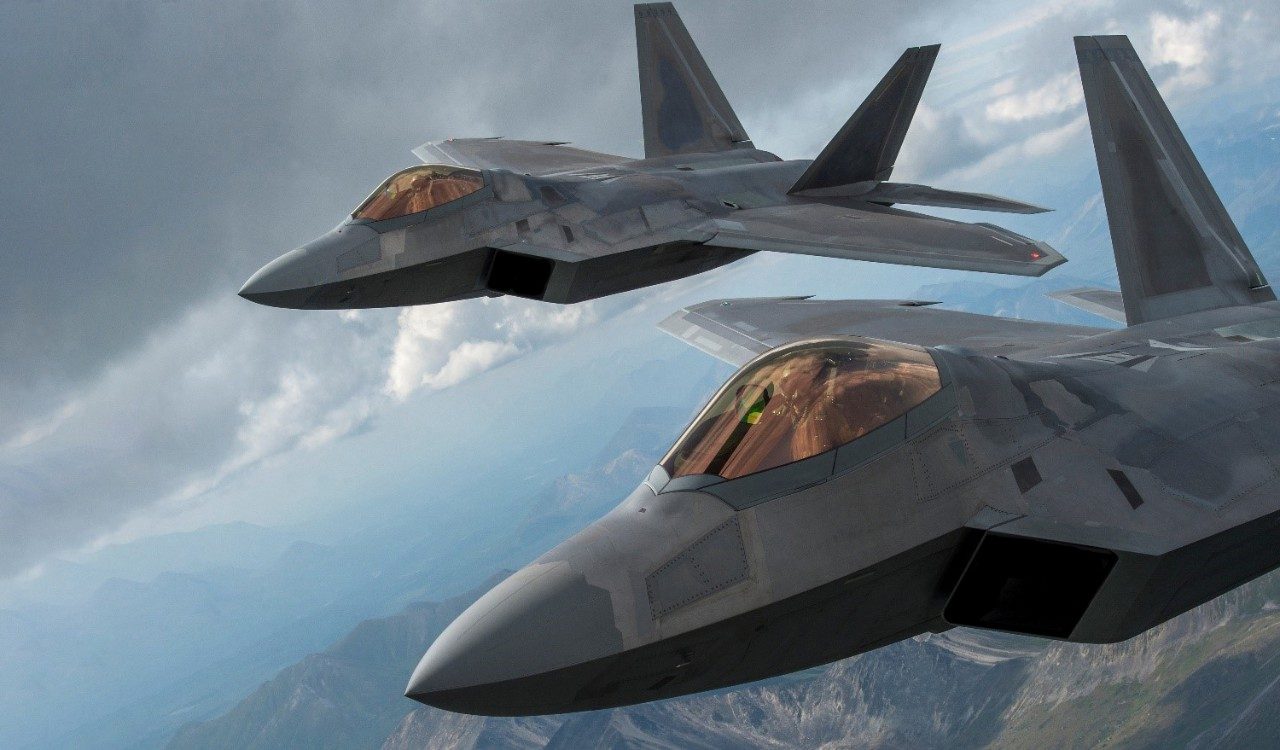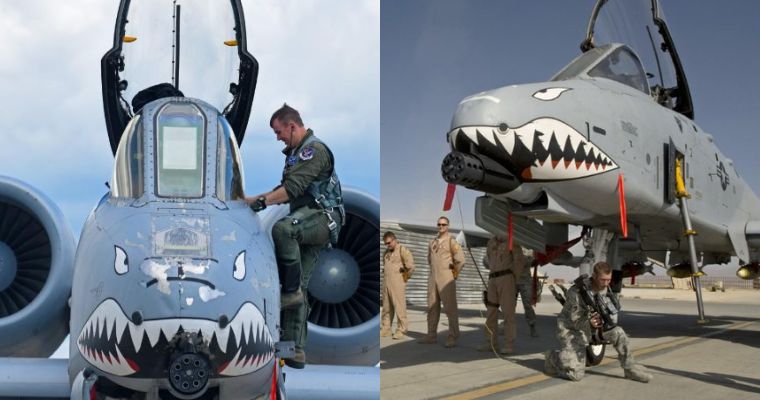The downing of China’s alleged spy balloon marked the first time the F-22 Raptor fighter jet brought down an airborne target since it debuted in combat in Syria and Iraq almost a decade ago, defense analysts said.

A United States Air Force F-22 Raptor fighter jet in a 2020 file photo. (Suhaimi Abdullah/Getty Images/TNS)
“Shooting down China’s balloon was indeed the F-22’s first air-to-air kill,” Rebecca Grant, an Air Force systems specialist and president of IRIS Independent Research, said by email in response to questions. “Americans watched an unfriendly aircraft get shot down over our skies.”
Defense publication The War Zone said on its website that the incident “may be the highest altitude air-to-air kill ever.” The F-22 was flying at about 58,000 feet off the South Carolina coast when it fired an Aim-9X Sidewinder missile at the balloon, which was hovering at between 60,000 and 65,000 feet, Pentagon officials said Saturday.

The jet, built by Lockheed Martin Corp., made its combat debut in 2015, nine years after it was deemed warfare-ready. The stealth fighter known as the Raptor was used primarily to carry out guided air strikes against Islamic State positions in Syria and Iraq.
The Air Force touted the F-22’s success in those missions as vindication for a plane long criticized for its cost and the service’s failure to use it. The Pentagon spent $67 billion to buy 187 of the supersonic jets.
The discovery and eventual downing of the Chinese balloon, which China said was a climate research vehicle that drifted off course, injected new tensions into U.S.-China relations. The balloon saga comes less than three months after President Joe Biden and Chinese President Xi Jinping agreed to resume talks in their first face-to-face meeting as leaders in Bali.

Defense Secretary Lloyd Austin III said China was using the balloon “in an attempt to surveil strategic sites in the continental United State.” U.S. officials expect to learn more about the balloon’s capabilities from a recovery operation under way off the coast.
Source: military.com








